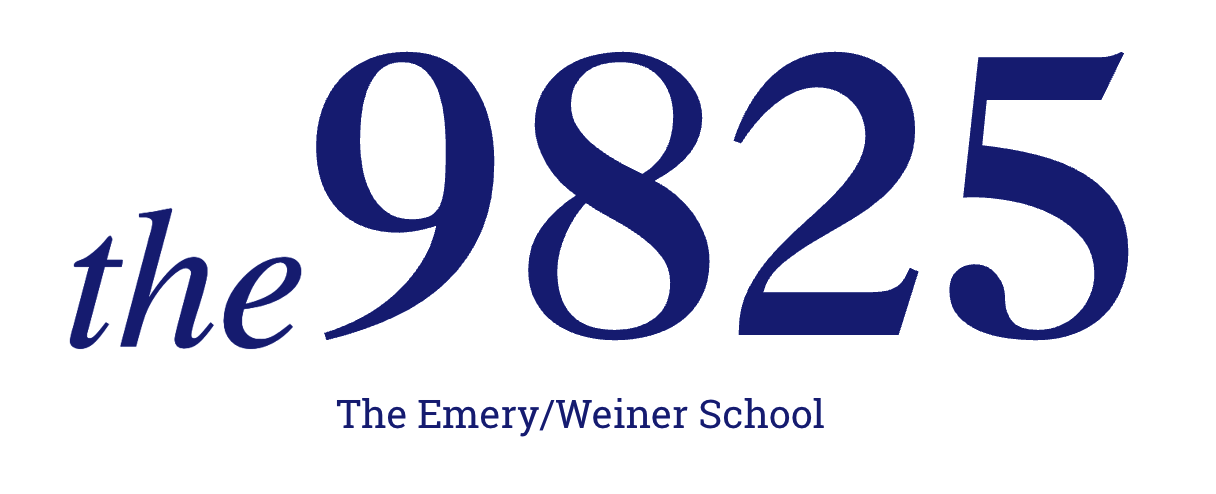The Advantages and Disadvantages of Standardized Testing
November 17, 2022
All across America, the vast majority of colleges and universities are permanently transitioning to a standardized test-optional system. This began at the start of the COVID-19 pandemic, a time when students were unable to take standardized tests. However, in a post-pandemic world, these test-optional systems have remained in place. The immediate question is, why? In recent years, universities have begun focusing more on the extracurricular aspect of students’ lives in addition to their academic performance. According to Dr. Chris Teel, the director of college counseling at The Emery/Weiner School, “By eliminating the pressure and stress on students to deliver good or near perfect scores on the ACT or SAT, they are allowed to focus on academic performance and extracurricular activities, pursuing courses and programs that match their interests.”
In addition to the anxiety that standardized tests give, these tests can benefit socioeconomically advantaged students as they can devote more resources to prepare for the exam. Physically taking the ACT or SAT can cost upwards of $50, which many students across the country cannot afford, let alone spend hundreds or even thousands of dollars on tutoring.
While there are many issues with the structure of standardized testing and its correlation to college, there can also be benefits to students who take the exam. Standardized testing provides the opportunity for students with a lower grade point average (GPA) to prove that they have what it takes to succeed at a prestigious university by performing well on the exam. In addition to this benefit, overall, the test-optional revolution has had consequences for some students who perform well on standardized tests.
Taking the test-optional route allows many students with high GPAs who maybe have never taken a standardized test, or if they have, performed poorly, to have an equal chance of being admitted to a prestigious college. However, while this benefits those students who have low test scores or have not taken the exam, it is also a disadvantage to students with average GPAs and exceptional test scores.
Within Emery, the view on standardized testing is complicated. In a survey administered to the current senior class, 65% of participants stated that they plan to submit their test scores to the colleges to which they have applied. This considerable number is likely due to Emery students’ exceptional performance on standardized tests. Of the survey takers, the mean ACT composite score was 30.4 out of 36, much higher than the national average of 20.8. However, even though this number is nearly ten points higher than the national average, only 30 percent of students stated that they support required standardized tests as part of the college admissions process, while 40% oppose it.
While Emery’s status as one of Houston’s top private high schools contributes to higher-than-average standardized test scores, the test-optional revolution has benefited many members of the senior class. One student, Cole Manley, said, “Having the opportunity not to submit my test scores has completely lifted almost all of the stress revolving around my college admissions process.” Allowing students to choose whether or not they want to take a standardized exam has allowed them to decide the path that their high school career will take, as well as removing disadvantages to those who are less fortunate.

